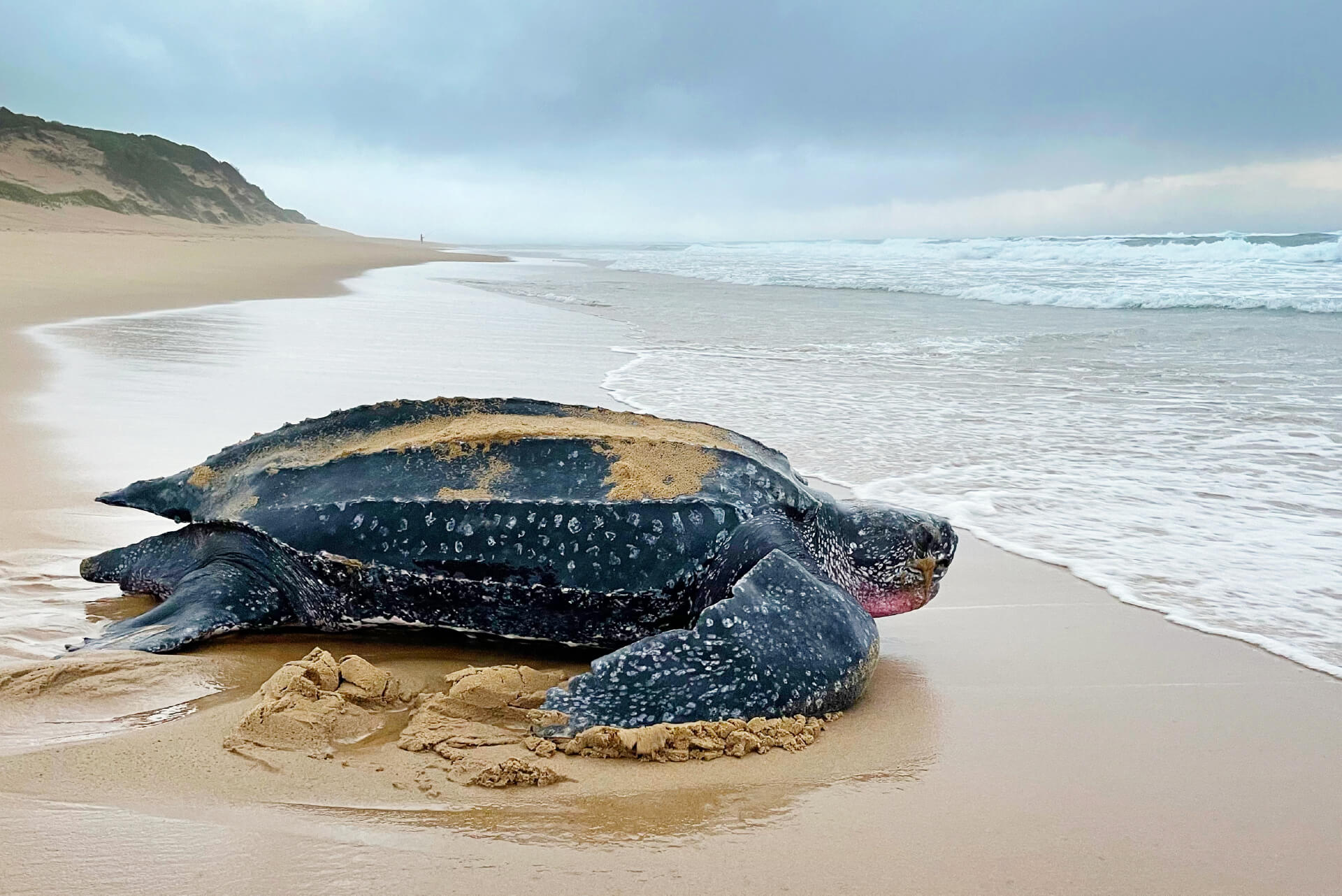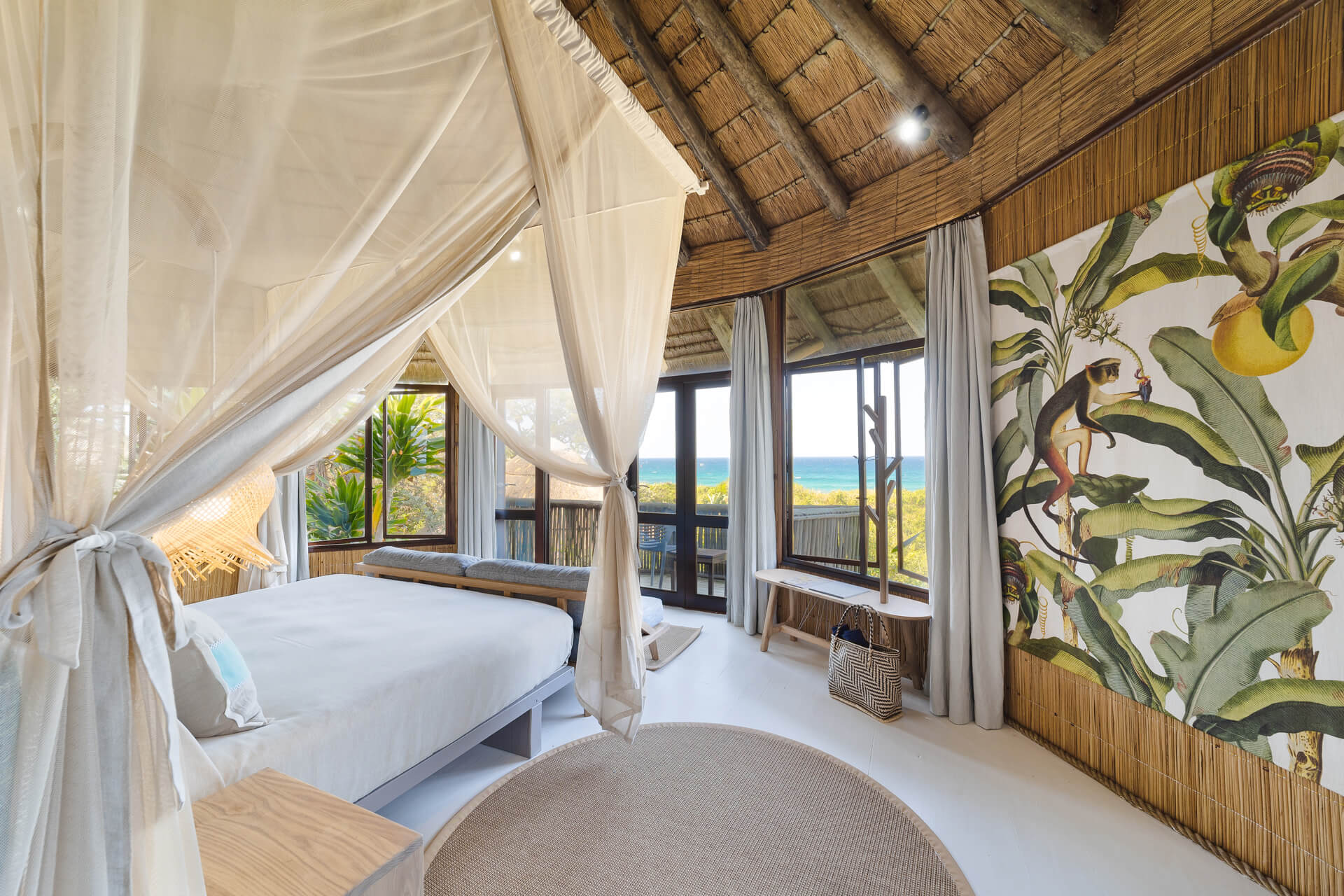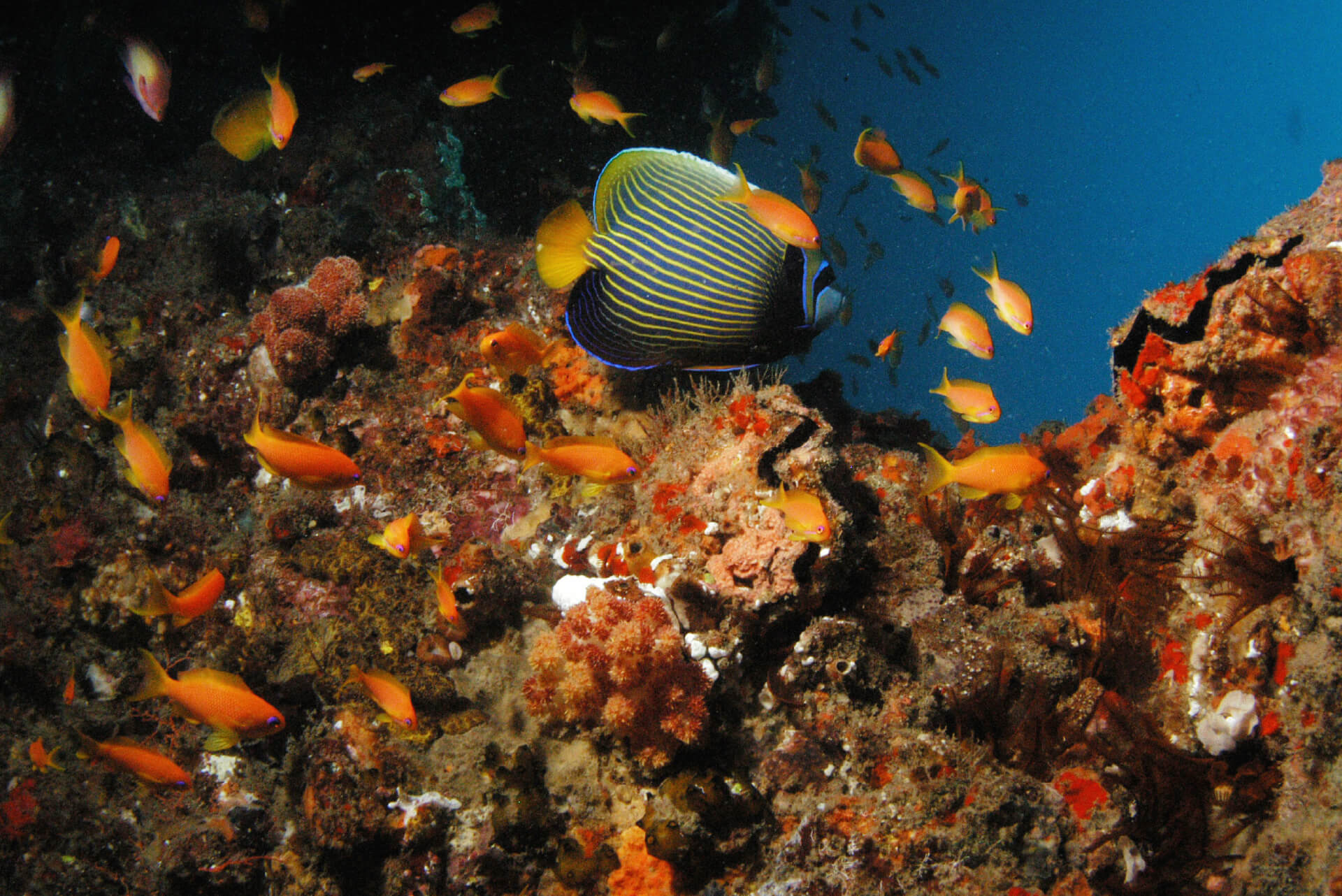Bob the turtle – A re-wilding success story
Posted in:Conservation | News | Sustainability | Wildlife
Posted on:February 28, 2023
Bob the turtle has become something of a “shellebrity” with a multitude of media publications covering his recent release back into the big wide world of the open ocean. This, after spending more than 8 years in rehabilitation at the Two Oceans Aquarium in Cape Town where he became an extremely popular and well-loved resident.
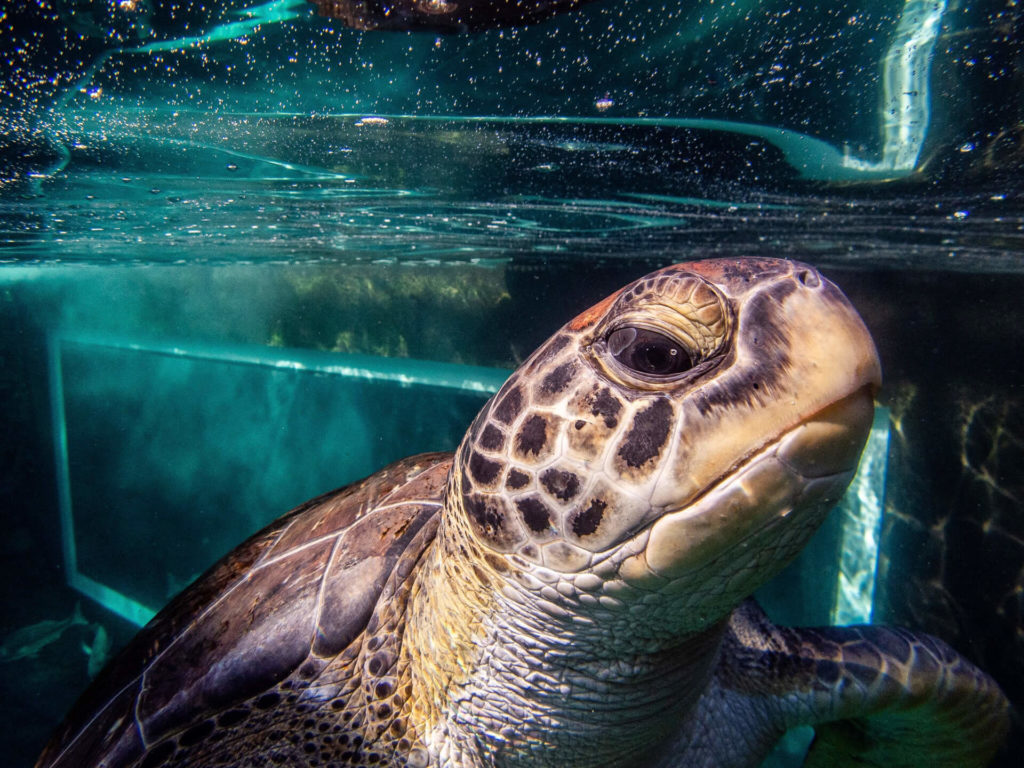
If you don’t know his story – in November 2014, Bob the turtle was rescued after becoming stranded in De Hoop Nature Reserve. He was swiftly moved to the Two Oceans Aquarium where he was assessed and found to have severe bruising and substantial damage to the underside of his shell (known as the plastron). Possibly as a result of these injuries, he also suffered from a condition not very conducive to ocean going creatures – that of being positively buoyant. Floating around in the rehab tank at the aquarium earned him his name… Bob!
Despite receiving expert treatment for his visible injuries, his troubles were far from over. A suspected bacterial infection spread to his brain causing encephalitis and ultimately brain damage and significant loss of vision. Due to the severity of his condition, it was considered unlikely that he would ever be able to be released back into the open ocean. Two months after his rescue, the truth came out… literally. Bob excreted several plastic bags and balloons which, floating in the water, he would have mistaken for jellyfish which form part of his natural diet.
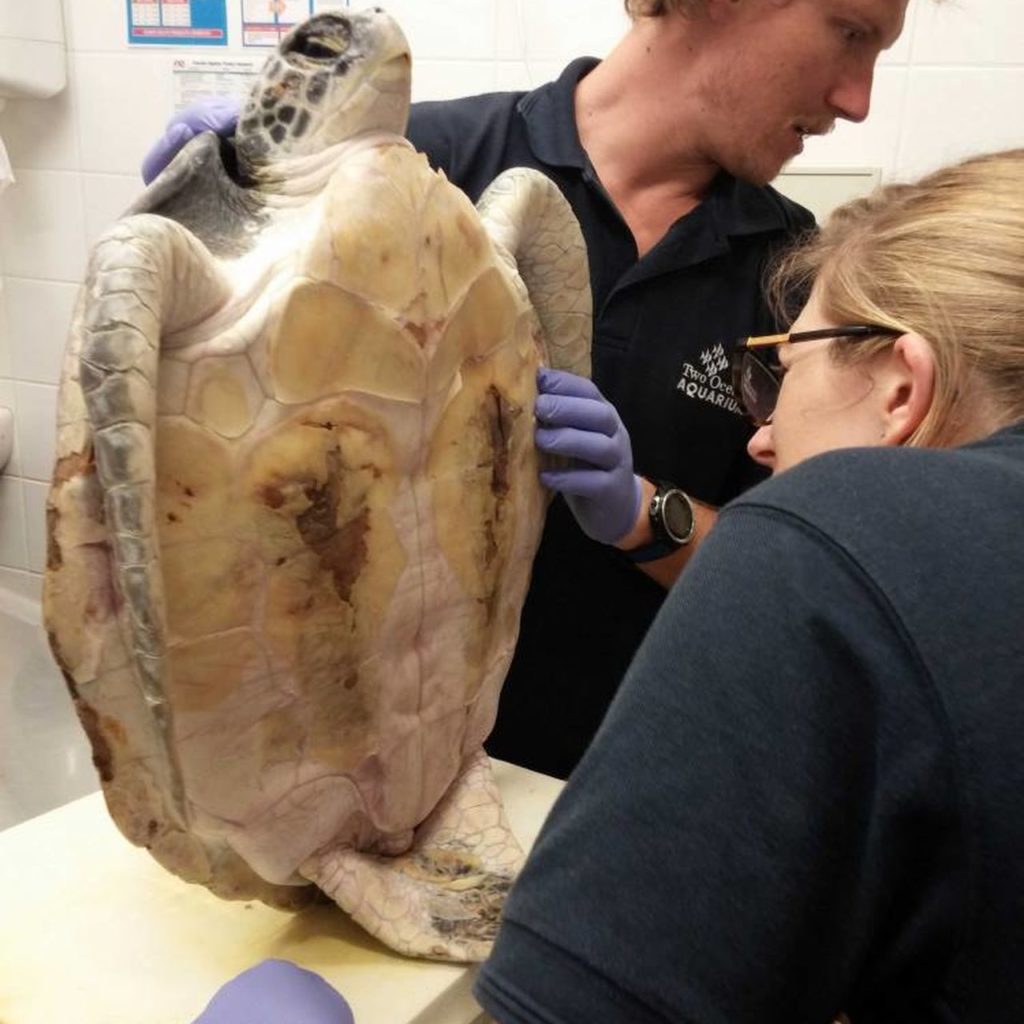
Photo: Two Ocean’s aquarium
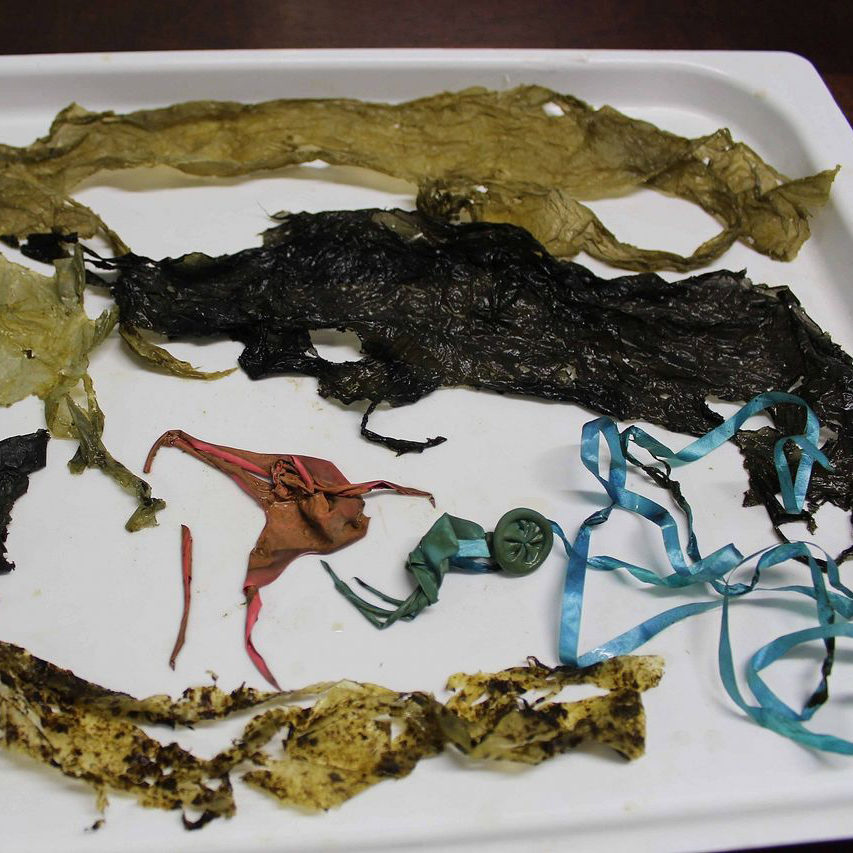
Photo: Two Ocean’s aquarium
A problem made of plastic
This brought firmly into the spotlight, the horrible truth about the massive man-made problem of plastic debris in the ocean and the direct danger it poses to marine life. Numerous turtles and other marine species have been recorded as having died of intestinal blockages caused by ingesting various plastic items. However, the true scale of the problem is still hard to fully comprehend or quantify. What is crystal clear is the need for swift and significant change in the way we humans go about our business on land and a greater level of understanding of how our actions affect the health of our oceans. Single-use plastics need to continue to be eliminated where-ever possible. Things like plastic bags, plastic straws, plastic spoons, plastic earbuds, the list is long… there is simply no need for them to exist anymore, as more sustainable alternatives are now available.
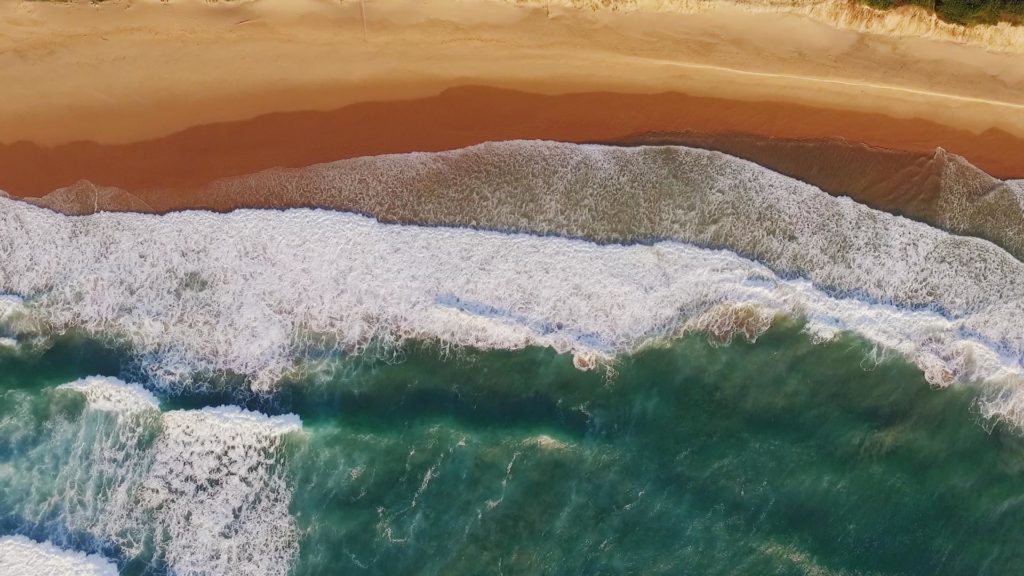
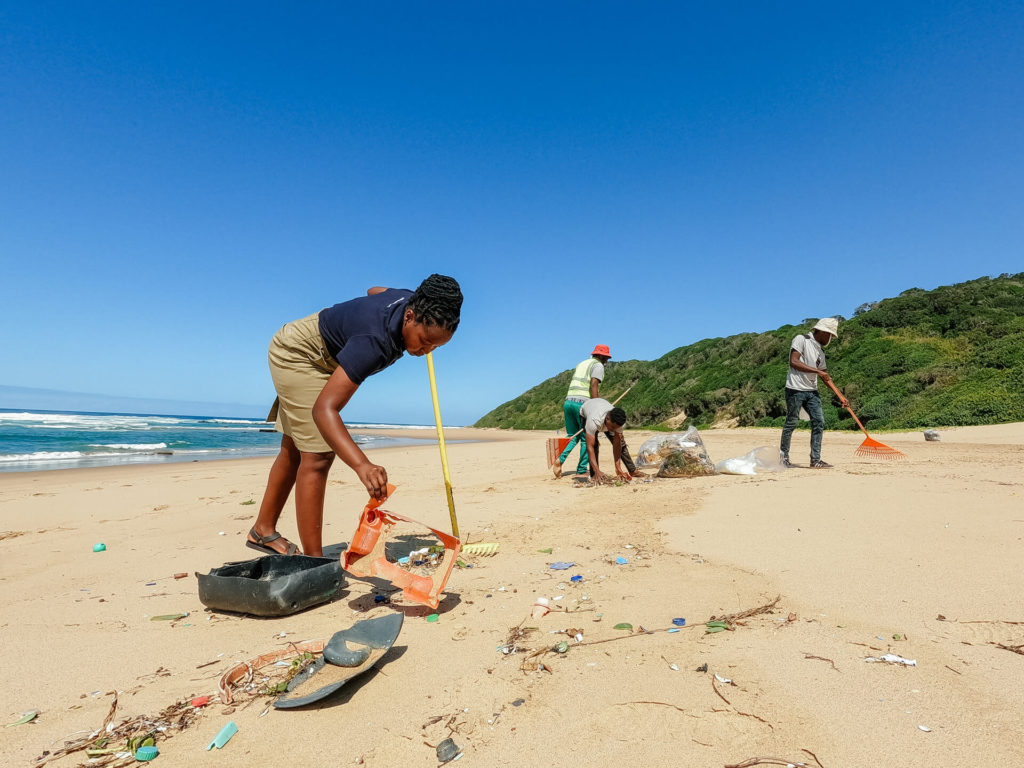
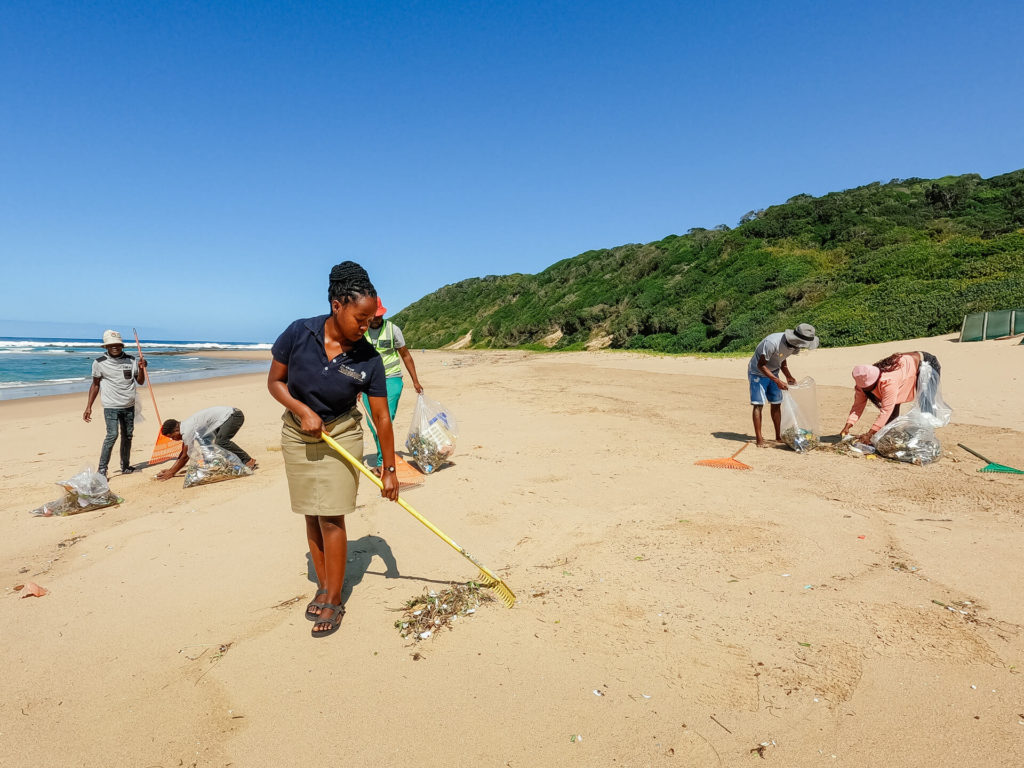
Bob the turtle – A miraculous turn around
Despite healing physically, Bob the turtle still seemed to struggle to perform natural tasks that would be essential for a green sea turtle to survive in the open ocean and as a result experts continued to believe he may never be able to be re-wilded, until just recently that is. Through the incredible dedication of the Two Oceans Aquarium turtle conservation team and a painstaking intensive enrichment program, Bob slowly began to show the instinctive traits of a wild turtle and re-mastered the skills he would need to survive in the big blue, until finally, after successfully passing a multitude of tests and assessments, he was declared ready for release. The Isibindi Foundation Trust has long had a focus on turtle conservation, centred around the Isibindi group’s Thonga Beach Lodge situated within Isimangaliso Wetland Park. When we found out about Bob’s plight and in particular, the efforts by endurance athlete and environmental activist Karoline Hanks, to raise funds for state-of-the-art tracking equipment to be fitted to Bob we jumped at the opportunity to contribute to this marine conservation success story.
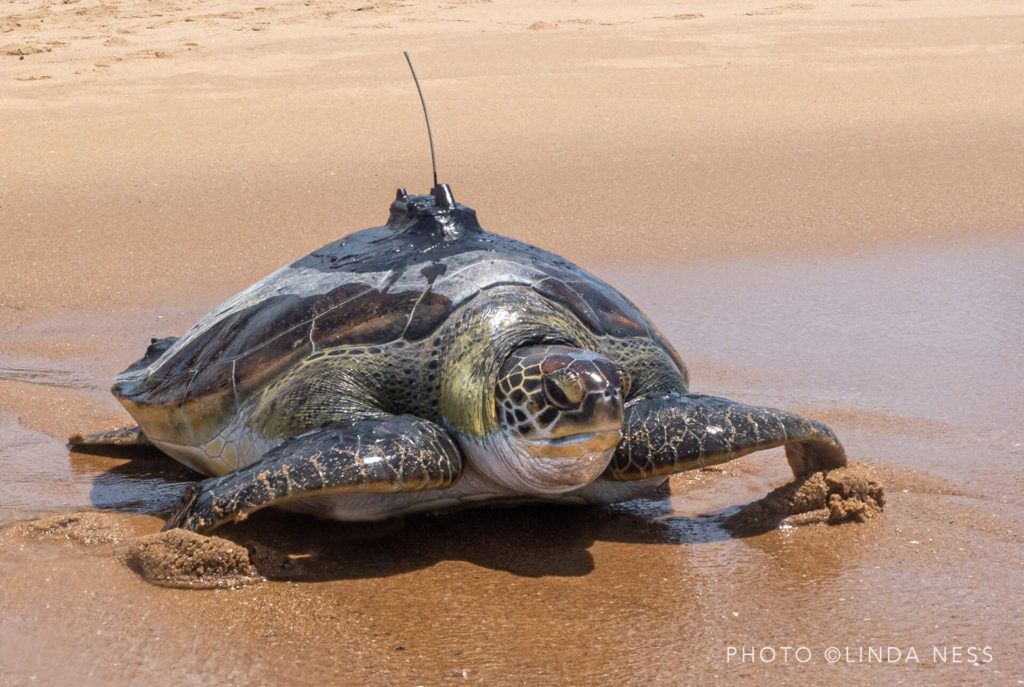
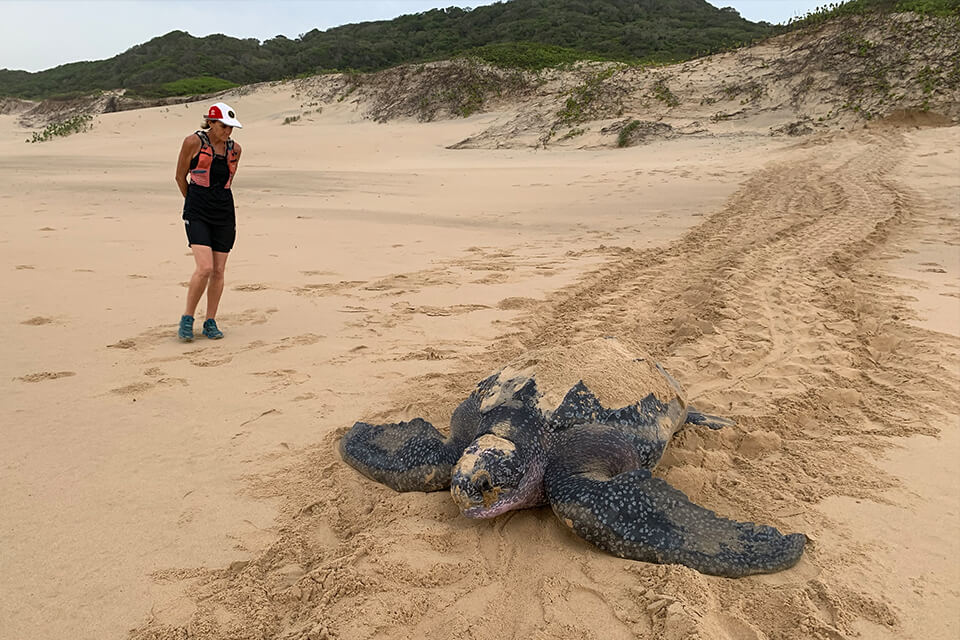
Bob goes free
On the 27th of January 2023, Bob was released on a quiet beach on the northern KZN coast, but not before being fitted with no less than 3 tracking devices and tags which will allow researchers to monitor his progress and gather valuable data on green sea turtles, which are classified as “endangered” on the IUCN Red-list. Bob certainly seems to be relishing in his new-found freedom – he has already travelled hundreds of kilometres first up and then far down the east coast of South Africa riding the warm Agulhus current and following the edge of the continental shelf closely all the way. The Two Oceans Aquarium team is monitoring his progress continuously via the satellite tracker and you can follow the latest updates on his travels here.
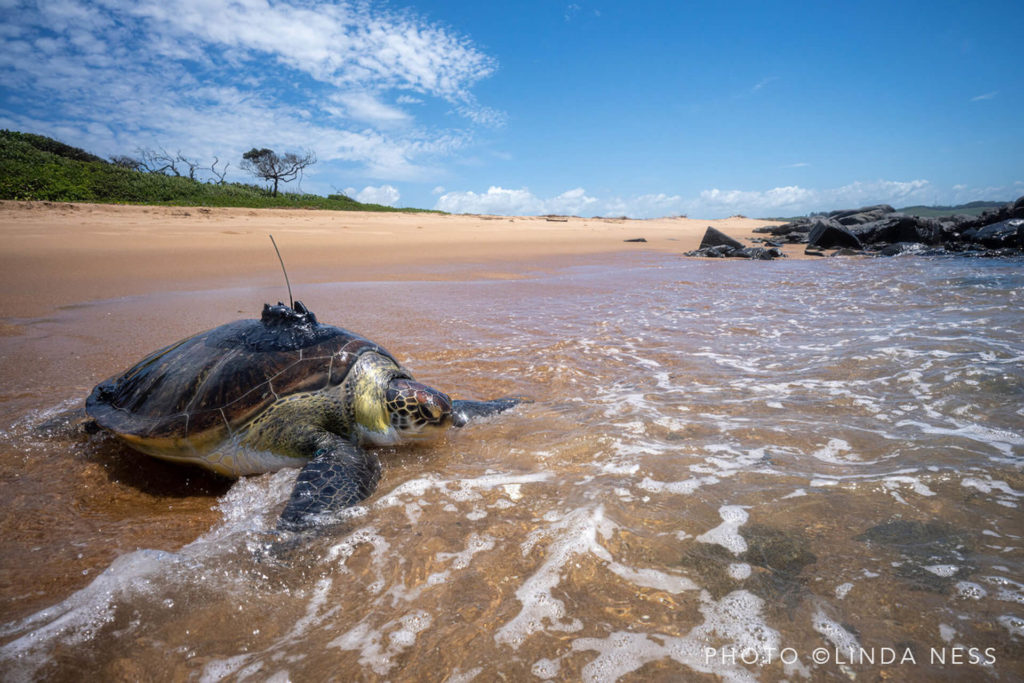
The story of Bob the turtle is nothing short of remarkable and has all the “feels” from a battered and yet tenacious little turtle, to the immense love and dedication of the professionals that treated him and worked tirelessly with him on his rehabilitation journey, to all the multitudes of individuals and groups who went far above and beyond to raise the necessary money to enable Bob to slide down that KZN beach on 27 January and once again feel the freedom of the Indian Ocean on his flippers.
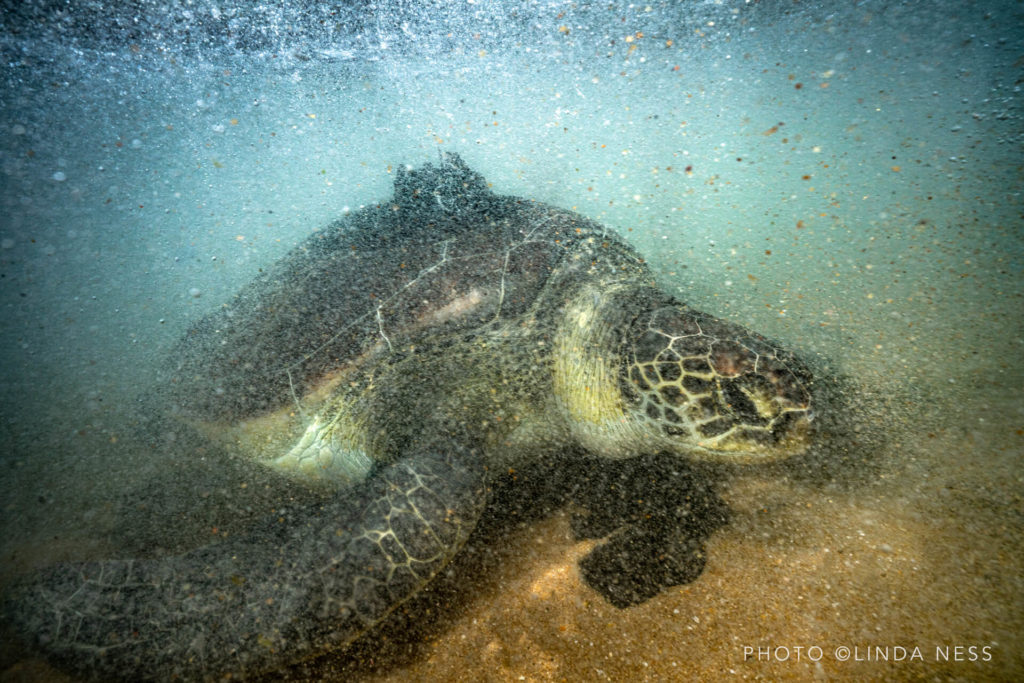
Images: Two Oceans Aquarium | Chantelle Melzer | Karoline Hanks | and Linda Ness @linda.ness.pix


